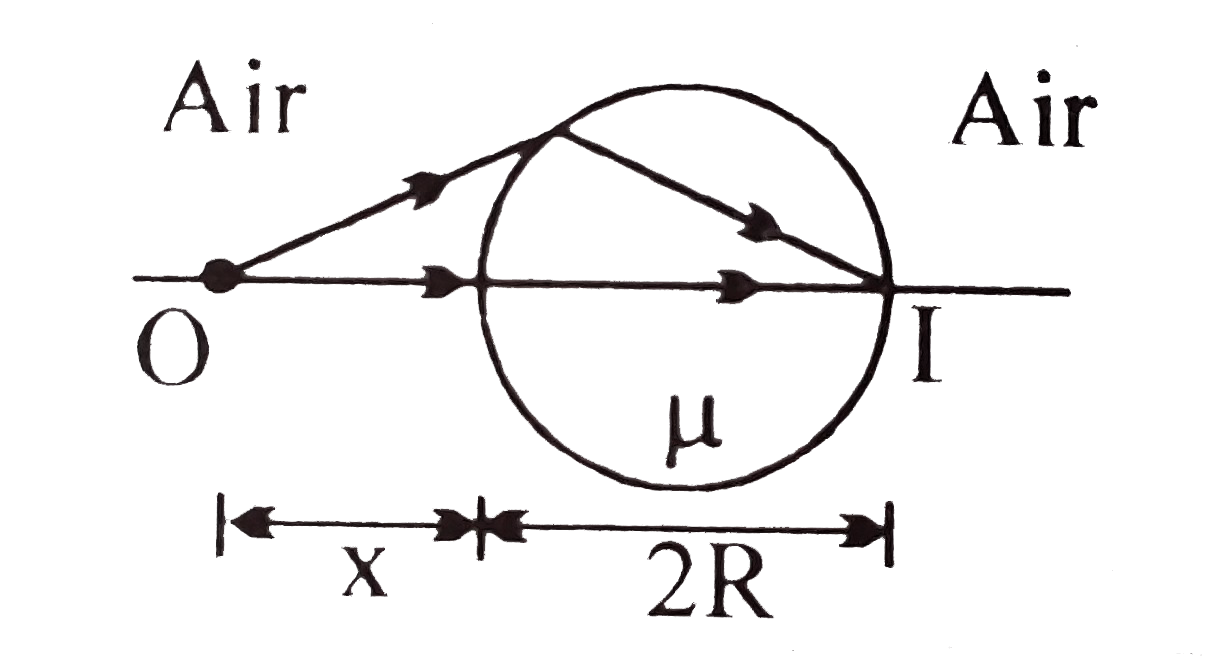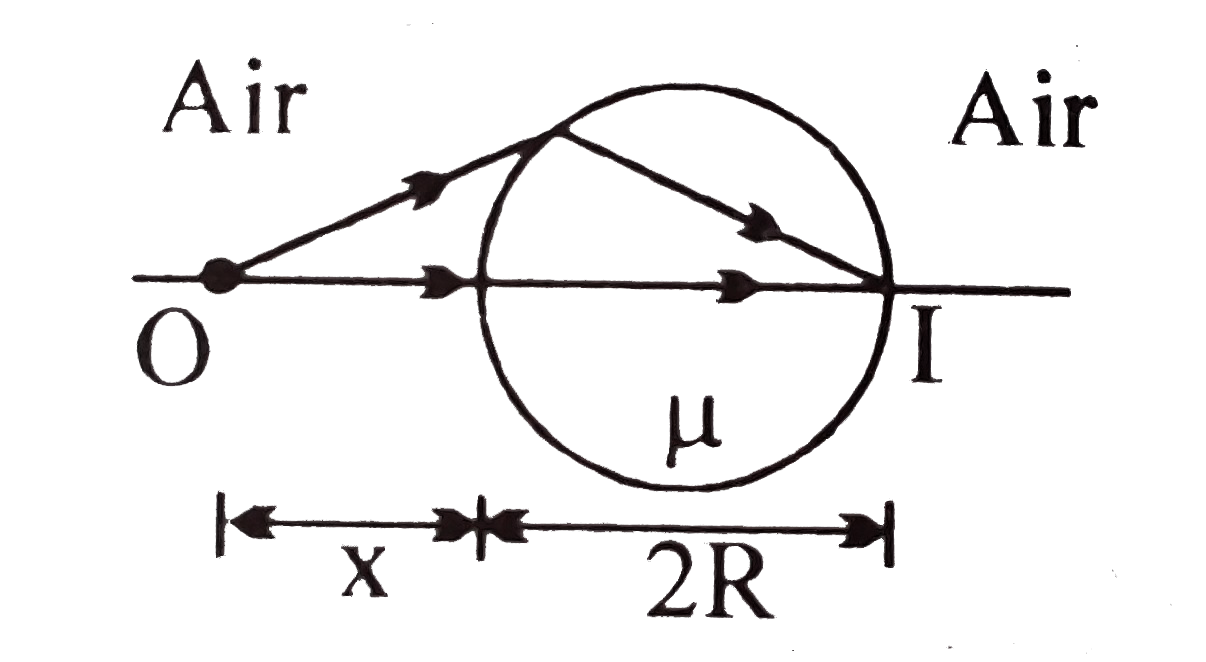Complete Solutions to C. comprehension type question of chapter RAY OPTICS of Class 11 book with complete answers and questions
| Class 11 | PHYSICS |
| Chapter | RAY OPTICS |
| DC PANDEY MASTER PROBLEM PACKAGE | C. comprehension type question |
| Number Of Questions | 14 |
| Academic Year | 2023-24 |
A ray of light falls on an equilateral prism ABC as shown. Face AC of the prism is polished.

What is the refractive index `mu` of the material of the prims so that when the ray falls on face BC (after reflecting from AC) it makes an angle `60^(@)` with it.?05:10View SolutionA ray of light falls on an equilateral prism ABC as shown. Face AC of the prism is polished.

With the value of `mu` calculated above find total deviation, when the ray of light finally emerges from BC05:10View SolutionMagnification by a lens of an object at distance 10 cm from it is -2. now a seconnd lens is placed exactly at the same positon where first was kept, without changing the distance between object and lens. The magnification by this second lens is -3.
Now both the lenses are kept in contact at the same place. what will be the new magnification ?04:15View SolutionMagnification by a lens of an object at distance 10 cm from it is -2. now a seconnd lens is placed exactly at the same positon where first was kept, without changing the distance between object and lens. The magnification by this second lens is -3.
What is the focal length of the combination when both lenses are in contact ?04:15View SolutionIn case of convex lense, when object is moved from f to 2f, its image is real, inverted and magnified. It moves from infinity to 2f on other side.
Focal len is 10 cm. when the object is moved from 15 cm to 25 cm , the magnitude of liner magnification.04:57View SolutionIn case of convex lense, when object is moved from f to 2f, its image is real, inverted and magnified. It moves from infinity to 2f on other side.
Image of object AB shown in figure will be like
 04:57View Solution
04:57View SolutionA convex lens of focal length 20 cm and a concave lens of focal length 10 cm are placed 20 cm apart. In between them an object placed at distance x from the convex lens.
What is the value of x (in cm ) so that images from by both the lenses coincides ?09:41View SolutionA convex lens of focal length 20 cm and a concave lens of focal length 10 cm are placed 20 cm apart. In between them an object placed at distance x from the convex lens.
What will be the linear magnification produced convex lens and concave lens individually ?09:41View SolutionThe figure ,shows a transparent sphere of radius`R`and refractive index`mu`.An object `O`is placed at a distance `x` from the pole of the first surface so that a real image is formed at the pole of the exactly opposite surface.

If `x=2R`,then the value of `mu`is01:55View SolutionThe figure ,shows a transparent sphere of radius`R`and refractive index`mu`.An object `O`is placed at a distance `x` from the pole of the first surface so that a real image is formed at the pole of the exactly opposite surface.
 If `x=oo`,then the value of `mu` is01:35View Solution
If `x=oo`,then the value of `mu` is01:35View SolutionThe figure ,shows a transparent sphere of radius`R`and refractive index`mu`.An object `O`is placed at a distance `x` from the pole of the first surface so that a real image is formed at the pole of the exactly opposite surface.
 if an object is Placed at a distance`R` from the pole of first surface ,then the real image is formed at a distance `R`from thepole of the second surface.The refractive index`mu` of the spher is given by03:00View Solution
if an object is Placed at a distance`R` from the pole of first surface ,then the real image is formed at a distance `R`from thepole of the second surface.The refractive index`mu` of the spher is given by03:00View SolutionA point object at a distance 5R/3 from the pole of a concave mirror. R is the radius of curvature of mirror. Point object oscillates with amplitude of 1mm perpendicular to the principal axis.

The amplitude of image is03:49View SolutionA point object at a distance 5R/3 from the pole of a concave mirror. R is the radius of curvature of mirror. Point object oscillates with amplitude of 1mm perpendicular to the principal axis.

Phase difference between motion of object and image when object crosses the principal axis is03:49View SolutionA point object at a distance 5R/3 from the pole of a concave mirror. R is the radius of curvature of mirror. Point object oscillates with amplitude of 1mm perpendicular to the principal axis.

Position of image when object is at O is :03:49View Solution
C. comprehension type question questions and complete solutions for chapter RAY OPTICS of DC PANDEY PHYSICS (HINGLISH) of Class 11
